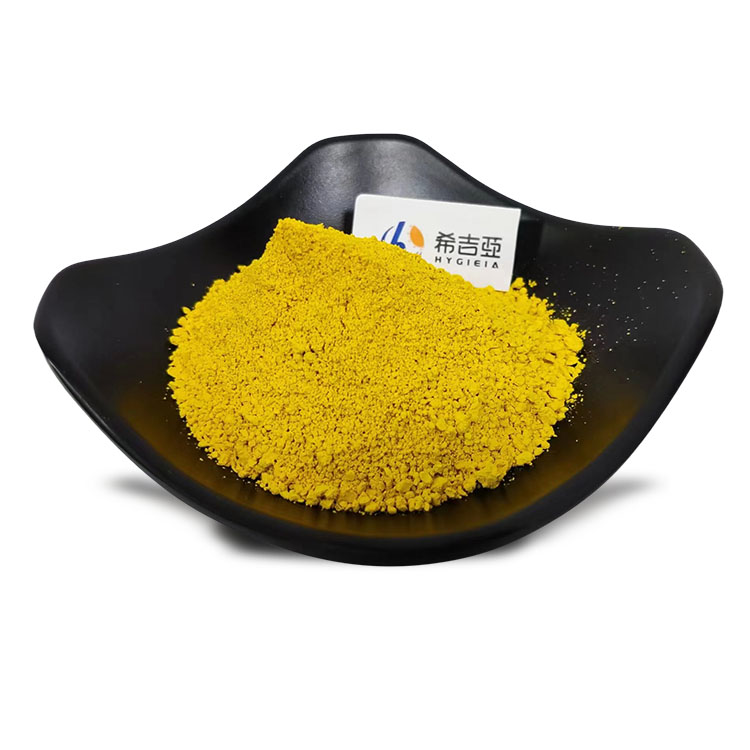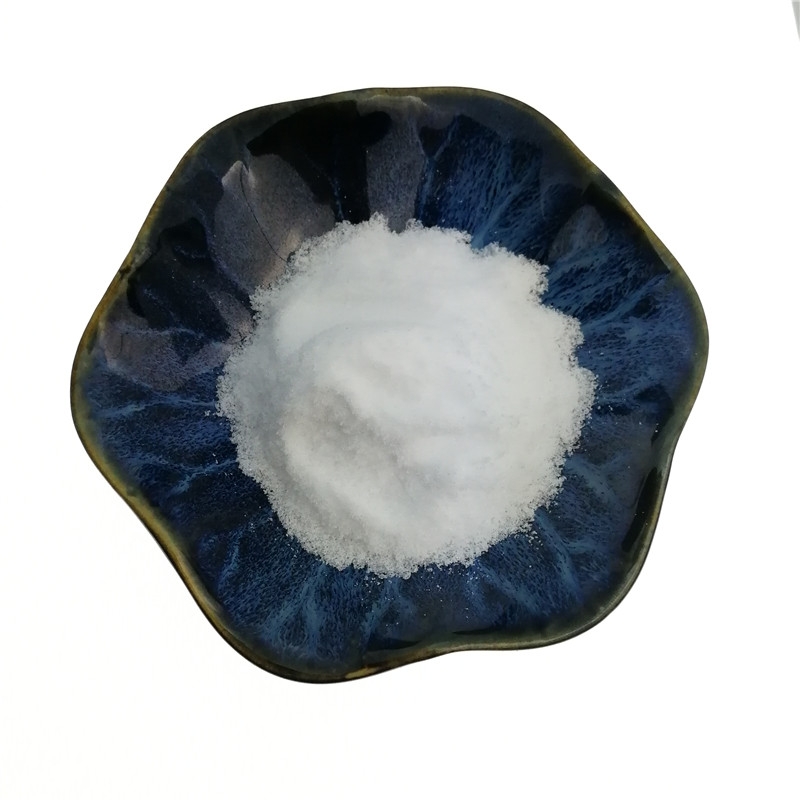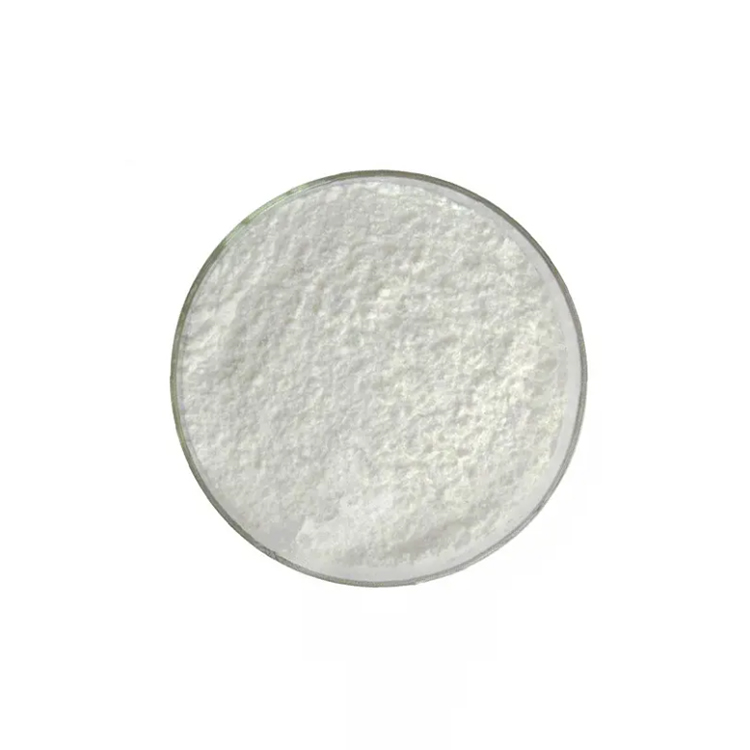-
Categories
-
Pharmaceutical Intermediates
-
Active Pharmaceutical Ingredients
-
Food Additives
- Industrial Coatings
- Agrochemicals
- Dyes and Pigments
- Surfactant
- Flavors and Fragrances
- Chemical Reagents
- Catalyst and Auxiliary
- Natural Products
- Inorganic Chemistry
-
Organic Chemistry
-
Biochemical Engineering
- Analytical Chemistry
- Cosmetic Ingredient
-
Pharmaceutical Intermediates
Promotion
ECHEMI Mall
Wholesale
Weekly Price
Exhibition
News
-
Trade Service
Among the common vegetables, some are not blanched and eaten directly, the substances contained in these vegetables will cause adverse effects on the body and endanger the health
.
Therefore, it is recommended that everyone must blanch the following vegetables when eating
.
Spinach, asparagus, amaranth: Contains oxalic acid
Spinach, purslane, cocoon, amaranth, bamboo shoots, pods, beetroot, coriander and other vegetables have high
oxalic acid content.
After oxalic acid enters the human body, it is easy to combine with minerals such as calcium and iron in the body, affecting the absorption of minerals and the risk of
forming stones.
In addition, vegetables with high oxalic acid content are astringent to eat and have a poor
taste.
For such vegetables, blanch water before eating
.
When blanching, pay attention to the fact that for green leafy vegetables, the blanching time should not be too long to reduce the loss
of nutrients, especially vitamins.
In the case of spinach, for example, spinach can be blanched in boiling water for 60 seconds
.
The time is too short for oxalic acid to be removed or not enough
.
Too long, vitamin C loss will be a lot, this minute of time, oxalic acid can be blanched 60%-70%, vitamin C will also lose a little, but the amount lost is not large, about 10%.
The same is true for asparagus and cocoon, it is best to blanch the water before cooking, about 3 minutes
.
It can both remove oxalic acid and shorten subsequent cooking
.
Toon, celery: contains nitrite
Toon, celery and other vegetables have high nitrate and nitrite content, taking toon as an example, the nitrate and nitrite content of toons at the germination stage is the lowest, and its nitrate and nitrite content will increase
over time.
The nitrite content in the old leaves of toons can often be twice
that of fresh toon.
If you want to reduce nitrite intake, when eating toon, in addition to controlling the amount of consumption (no more than 50 grams per day for adults), choose fresh and tender instead of old toon, you must not forget to blanch water
.
When cooking, try to blanch in boiling water for 1 minute, which can reduce more than 2/3 of nitrite and nitrate, and also better maintain the green color
of the toon.
Green beans, sword beans, cowpeas, northeastern oil beans: Contains plant lectins
Every year, there are incidents
of food poisoning due to eating undercooked beans.
Knife beans, northeastern oil beans, green beans, lentils, cowpeas, etc.
all contain plant lectins
.
Plant lectin is a toxic glycoprotein, when cooking, if only stir-fry for a moment or stir-fry unevenly, heating is not thorough, not thoroughly cooked, after consumption will cause nausea, vomiting, diarrhea and other food poisoning phenomenon, serious can cause death
.
When cooking such vegetables, be sure to fully heat and stew more, generally speaking, heating to 100 ° C above 20-30 minutes, will completely destroy the toxin, and then eat it is safe
.
If you are worried that cooking time is not long enough, it is a good idea
to blanch water before cooking.
After cleaning the beans, blanch them directly as much as possible, without cutting them into small pieces, to reduce nutrient loss
.
Fresh yellow cauliflower: Contains colchicine
It is recommended that everyone try not to eat fresh yellow cauliflower
.
Fresh yellow cauliflower contains colchicine, after absorption by the gastrointestinal tract, it can be oxidized to dicolchicine in the body, which has strong toxicity, will stimulate the gastrointestinal mucosa and respiratory system, and people are prone to gastrointestinal discomfort, abdominal pain, vomiting, diarrhea and other discomforts
when eaten.
Therefore, do not eat fresh yellow cauliflower
directly.
If you really want to eat fresh yellow cauliflower, pay attention to the cooking method
.
Because colchicine is water-soluble and can be destroyed
by high temperatures.
Before eating, remove the stamen of fresh yellow cauliflower, clean the pollen, then blanch in boiling water for 2-3 minutes, soak in water for two hours (change the water twice in between), wash and cook thoroughly, and be careful not to eat
a large amount.
The dried yellow cauliflower sold on the market is fully soaked in water during processing, and most of the colchicine has been removed, which is relatively
safer.
Text/YU Kang (Professor, Department of Clinical Nutrition, Peking Union Medical College Hospital)
Related articles







